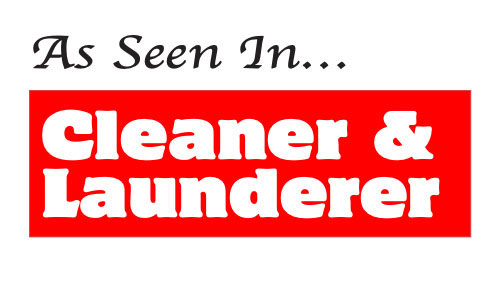 By 2016, more than $14 billion will be spent annually worldwide on cleaning up groundwater pollution, according to Site Remediation World Markets, a database published by the McIlvaine Company.
By 2016, more than $14 billion will be spent annually worldwide on cleaning up groundwater pollution, according to Site Remediation World Markets, a database published by the McIlvaine Company.
In U.S. metropolitan areas, that money is often spent to remediate property beneath dry cleaners, gas stations and other businesses. And, yes, parking lots are included because oil drippings and water runoff often contaminate groundwater beneath them.
So, what’s lurking under these sites? Nasty stuff such as volatile organic compounds (VOCs), oil, gasoline and metals including arsenic, chromium, lead, zinc, nickel, and cadmium. Bacteria may also complete this unappetizing stew.
What does $14 billion buy? If applied by professionals, the money pays for reliable technologies including thermal, biological, chemical and physical remediation.
The result should be cleaner property that may continue to be used for commercial activity or be listed for sale.
In thinking about these possibilities, you may already be sensing a bigger drain on your company’s budget.
Here’s the problem: you may not know about groundwater pollution hiding under your property until a neighbor complains or you are cited by a local or state authority. And then it will be up to you to locate the problem and deal with it; or prove you are not the source.
Of course it’s best to plan ahead and remove any problem before you are cited or want to sell the property. But, either way, you need to find a qualified remediation contractor. Cleanup is never inexpensive — and be wary if it is — but your best shot at reducing or eliminating groundwater pollution and guarding yourself against further liability (for environmental damage or health issues arising for workers on your site) is to work with a qualified contractor.
Asking key questions of any potential contractors will help you evaluate who is best for your remediation job.
These questions should include:
- What type of remedial work has the company conquered (VOCs, metals, other chemicals of concern)?
- Have they actually implemented groundwater remedial efforts successfully, rather than simply designed and implemented failing approaches?
- How many regulatory closures have they procured on behalf of their clients? (Note: “closure” is a regulatory term. It means that the property requires no further remedial action and — with continued monitoring — may be made available for commercial activity or put up for sale.)
- In how many states has the chosen remedial technology been accepted or denied by state and local regulatory agencies, or by the U.S. Environmental Protection Agency?
- Do they have any references of work or prior scenarios they are willing to share?
- How long have they been in the business?
- What are their core values/would you feel comfortable taking on a business relationship with them?
- Can the contractor help you locate and execute old insurance policies that may help pay remediation costs?
These are basic questions that should help you dig for the truth. If you get good answers, you may be confident that you are hiring a responsible and qualified team and avoiding opportunistic and unprofessional carpetbaggers.
About the Author
 Steve Henshaw, P.G.
Steve Henshaw, P.G.
President & CEO
866-888-7911
shenshaw@enviroforensics.com
Steve Henshaw is certified as a professional geologist in several states and is President and CEO of Enviroforensics, an Indianapolis-based environmental engineering firm.
As President and CEO of EnviroForensics, Mr. Henshaw serves as a client and technical manager on projects associated with site characterization, remedial design, remedial implementation and operation, litigation support and insurance coverage matters. He has acted as Project Manager or Client Manager on several hundred projects, involving dry cleaners, manufacturers, landfills, refineries, foundries, metal plating shops, food processors, wood treating facilities, chemical blenders, and transportation facilities.
Mr. Henshaw has built a leading edge environmental engineering company that specializes in finding the funding to pay for environmental liabilities. By combining responsible party searches with insurance archeology investigations, EnviroForensics has been successful at remediating and closing sites for property owners and small business owners across the country, with minimal capital outlay from clients.
He is a regular contributing writer for several dry cleaning trade publications on environmental and regulatory issues and remains active with dry cleaning associations by providing insight on changes in law and policy.


